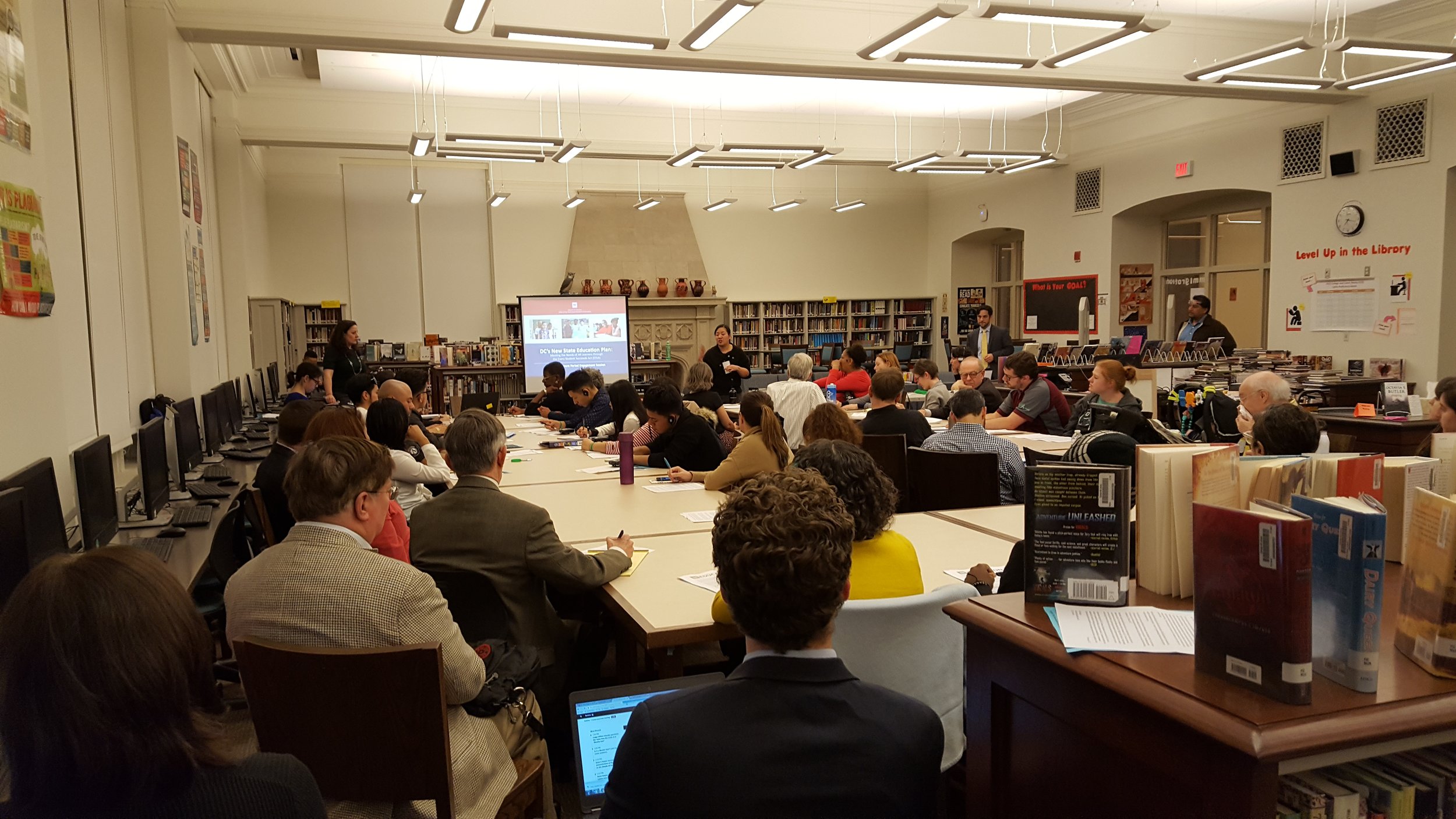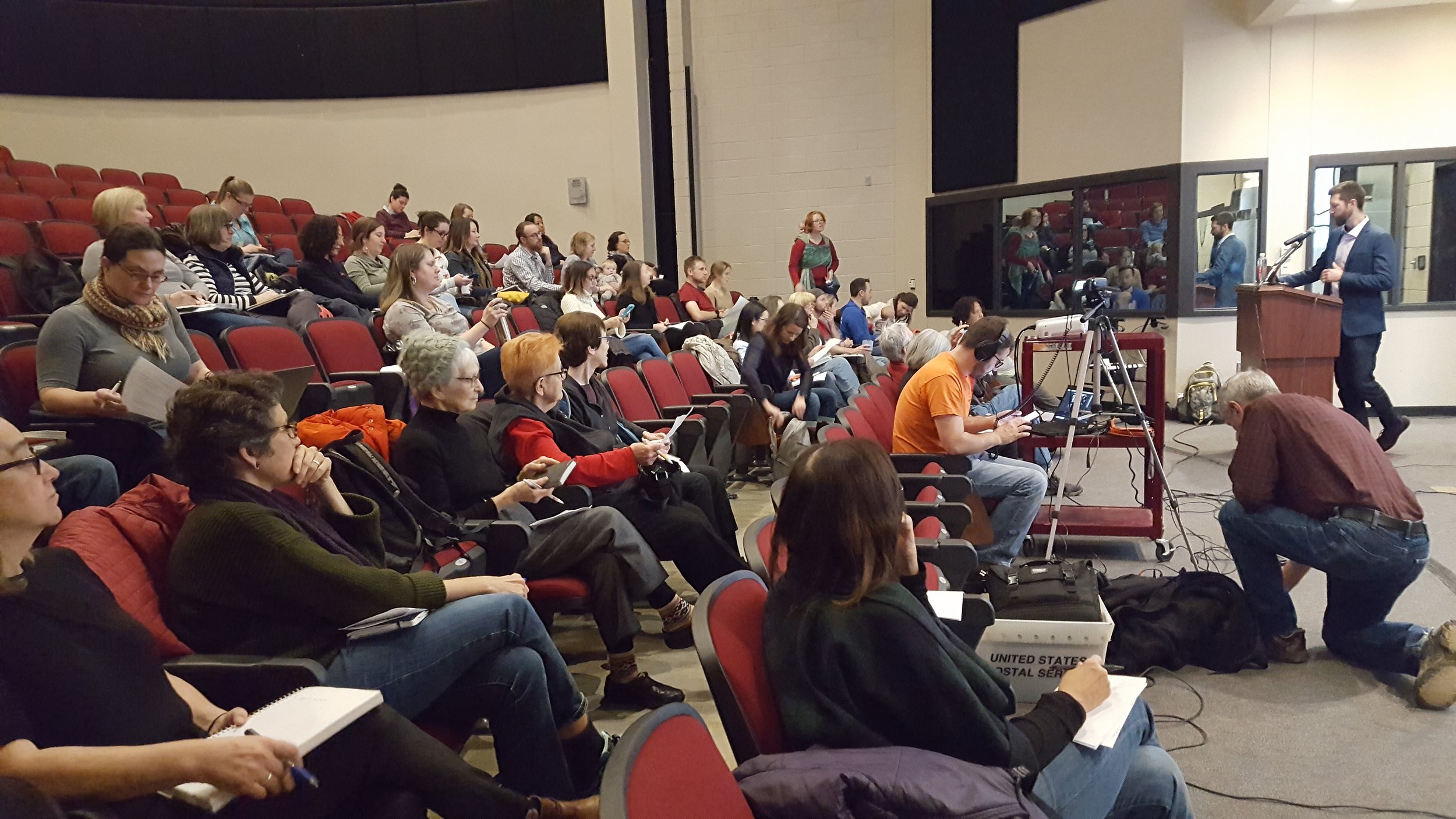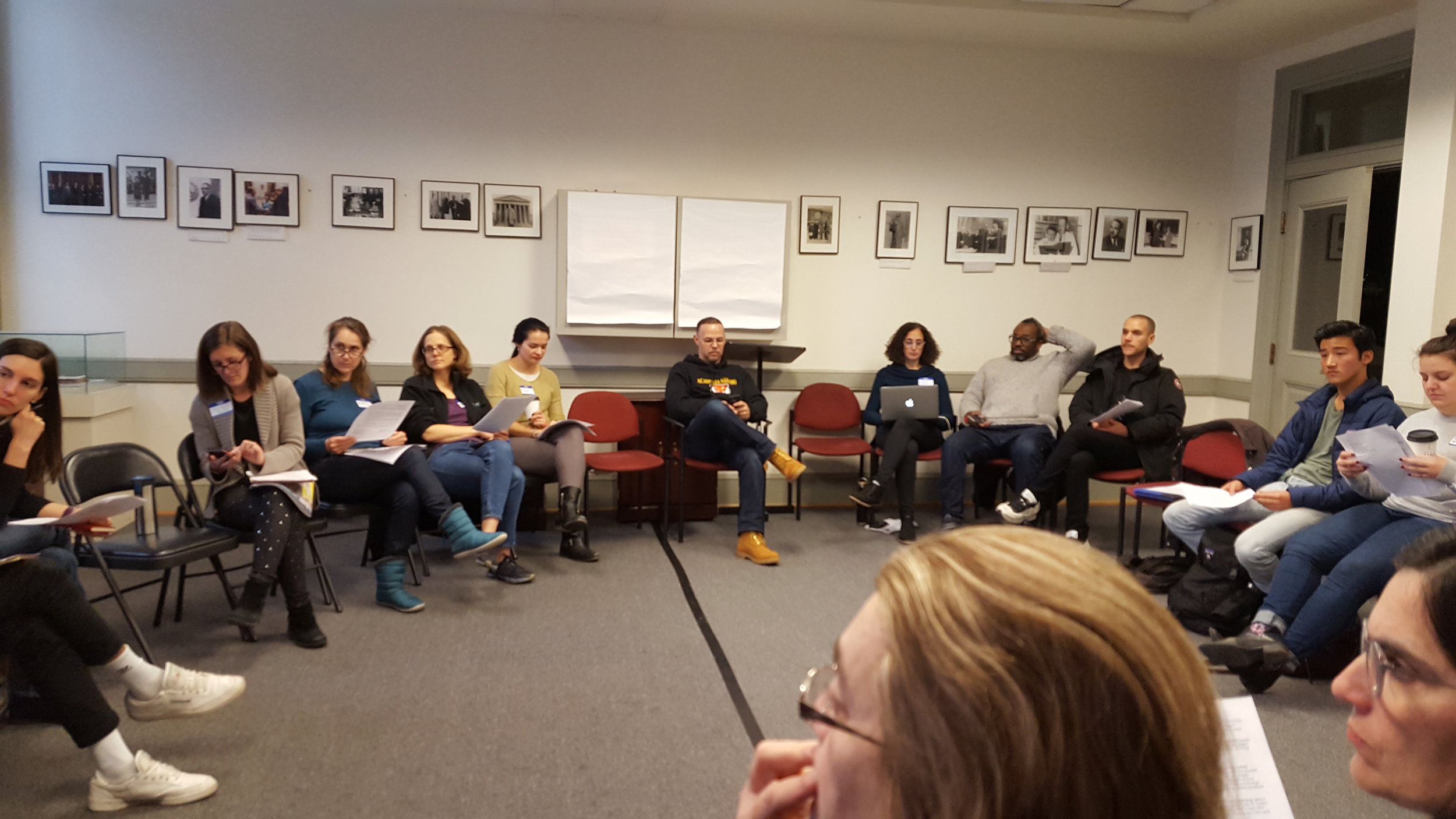Letter from C4DC to DME Kihn on Student Assignment
/Dear Deputy Mayor Kihn,
We are looking forward to the work of the Student Assignment Advisory Committee, the technical team, your staff, and our community in the development of plans for DCPS boundaries and the city’s public school buildings and grounds. We believe that as the group begins its work, there should be agreement on the problems that the plans seek to address and shared values to guide the group.
The Advisory group will be making decisions on student assignment for all DC families, and it will make boundary and feeder changes for the DCPS schools per DC Code § 38–221(b). We offer the following as a start to setting guiding values for the process and suggest that when the Committee is in agreement on the values, that measures for each of these outcomes be defined.
Quality as Equitable Access to Resources and Programming – DCPS families should have the right to equitable school resources in their DCPS schools – teacher quality, parent and community engagement, full inclusive and advanced academic programming, after-school programs, athletics, proximity to schools, and facility quality. The inputs should be the measure of quality, not student test scores. We should evolve toward reciprocal accountability, as noted here, meaning that while the system holds schools and LEA’s accountable for the education of students, it must correspondingly hold elected officials and other leaders accountable for providing schools and LEA’s with what they need to succeed.
Education Stability – DCPS communities and families should have a stable public education infrastructure. District policy should promote stability in student learning by avoiding DCPS neighborhood school closures, prevent locating schools with similar populations and duplicative program offerings near each other.
Integrity on Capacity and Utilization - DCPS school capacity needs to accurately reflect actual school programs, and be modified for concentrations of at-risk students, perhaps with smaller class sizes and community partnerships. It has to be flexible as these can change from year to year. Travel time and costs for the District and students also create inefficiencies for students and families, and these should be reflected in how the DME estimates capacity. Small schools in a by right system can be necessary given the changes and current structures. The families using DCPS small schools should not be threatened because the city has permitted the opening of an almost unlimited number of schools. The DCPS buildings should have room for the programs needed. Planning is an opportunity to look forward, not just react.
Community Vitality - High quality educational resources in DCPS schools create important social and political capital in neighborhoods, and should be available by right in all communities. The DCPS feeder patterns should be straightforward and easy to understand, inviting participation and investment. DCPS schools should be connected to and reflect and meet the needs of their communities. This gets undermined when students and families have to spend excessive time traveling away from their neighborhoods to access resources that they value. In order for communities to have strong ties, strong civic commitment, and investment from their residents, students and families need to have genuine well resourced neighborhood schools.
Integration – Both parental choice and governmental action have sustained structural segregation of students by income, culture, and race. Students can benefit from a diverse and inclusive educational environment. However, integration should not be one directional, where students living east must always travel west to be in integrated schools. Students living west can also travel to create integrated schools.
Transparency and Accountability - Stakeholders should have access to comparable information and data on DCPS and charter school regarding operations, attendance, and expenditures for the three studies being undertaken by the DME this year. Further, charter data and information is not as equally accessible as DCPS data and information, which creates a structural obstacle to effective planning for equity, stability and efficiency especially with the facility master plan. Inadequate data transparency also weakens the policymakers’ ability to effectively hold agencies accountable and keeps residents in the dark about key and urgent matters pertaining to the District’s public education system. Transparency and accountability should be required.








